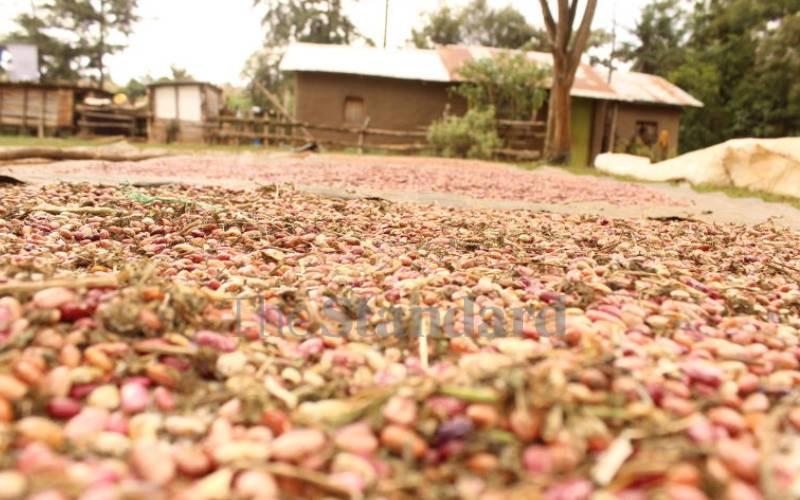×
The Standard e-Paper
Stay Informed, Even Offline

Beans is one of the worst-hit with the country losing a fifth of the domestic supply. [Christopher Kipsang, Standard]
In 2020, 965 million kilogrammes of food went to waste, tossed out or left to rot, according to a report that tries to track food waste.